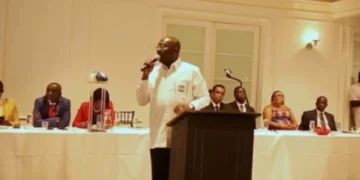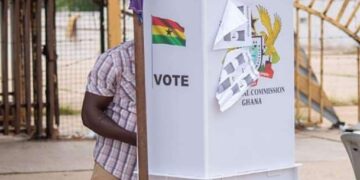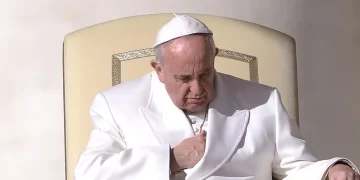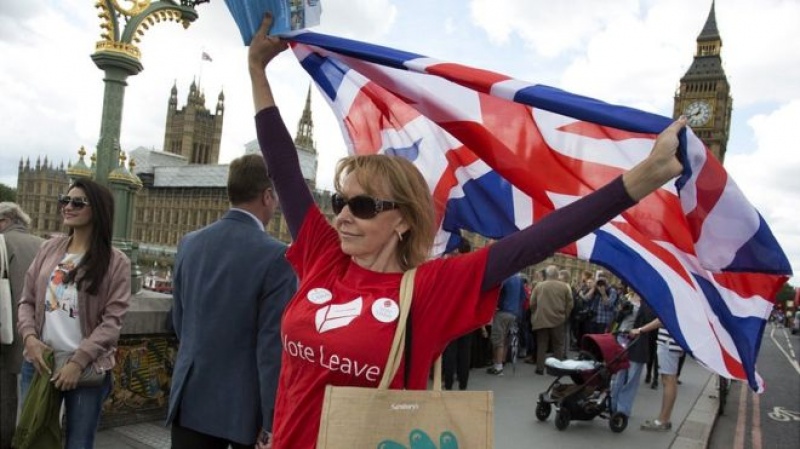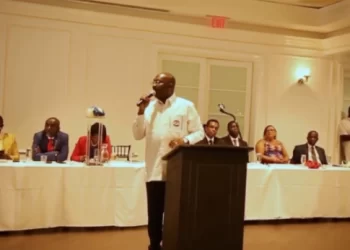
Top EU officials have expressed optimism that a Brexit deal can be struck by the end of the year.
Jean-Claude Juncker, the head of the European Commission, said the chance of the UK and the EU reaching a deal has increased in the last few days and could be agreed by November.
Meanwhile, European Council President Donald Tusk said an agreement was possible by the end of 2018.
The UK is due to leave the EU on 29 March 2019.
But there is still no agreement on some issues, including how to avoid new checks on the Irish border.
Both sides had hoped to finalise the so-called divorce agreement and agree a statement on their future economic co-operation by an EU summit in 11 days’ time.
Speaking to the Austrian press on Friday, Mr Juncker said he was not sure an agreement could be reached by October.
Asked whether an agreement could be reached at the next meeting of European leaders on 17 October, Mr Juncker said: “We are not that far yet. But our will is unbroken to reach agreement with the British government.”
He said a deal could be agreed by November.
“I have reason to think that the rapprochement potential between both sides has increased in recent days,” Mr Juncker added.
He also reiterated his position that a no-deal scenario “would not be good” for either the UK or the EU.
‘End of the year’
Speaking on Saturday, European Council President Mr Tusk said: “We will try for it [agreeing a deal] in October… and I think there is a chance to have an accord by the end of the year.”
Foreign Office minister Sir Alan Duncan also expressed optimism that a deal could be reached before December.
There were also reports from EU officials of a better atmosphere in talks over the Irish border.
The upbeat assessment of progress in negotiations prompted sterling to rise against the Euro and the US dollar.
The BBC’s Brussels correspondent Adam Fleming said officials still “seem to be pushing for the whole withdrawal agreement to basically be done” by the EU summit.
“Although, if we have learned anything from Brexit it’s that the timetable is incredibly flexible, to use diplomatic language,” he told BBC Radio 4’s Today programme.
Downing Street distanced itself from suggestions – reported in the Daily Mail newspaper – that they were concerned Mr Juncker was trying to “bounce” the UK into agreeing a Brexit deal by mid-October.
Meanwhile, the Guardian reported senior Conservatives had been in private contact with a number of Labour MPs to persuade them to back Theresa May’s Brexit deal.
Some Labour MPs who were mentioned in the article took to Twitter to refute the claims. Rachel Reeves tweeted: “All the Labour MPs listed work hard and fight Tories locally and nationally every day.”
It comes weeks after the head of the European Council Donald Tusk said Theresa May’s Brexit plans were unworkable.
Both sides had hoped to finalise the so-called divorce agreement and agree a statement on their future economic co-operation by the October summit.
But last month, the EU’s chief negotiator Michel Barnier said that if both sides were “realistic” there could be an agreement by November, when a special one-off summit has been arranged.
The European Commission is also considering whether to publish an analysis of where the two sides agree on elements of their future relationship.
It could appear alongside the EU’s latest contingency plans for a no-deal scenario, which will be released next week.
Speaking on BBC Radio 4’s Any Questions, Sir Alan Duncan was also optimistic about the prospects of a deal.
“We are in the art of the possible here, and from what I see in government, I think that we will get a deal, be it in October or November at the two consecutive summits,” he said.
What is the Irish border problem?
Currently, thousands of people cross the border between Northern Ireland and the Republic of Ireland every day. Goods and services pass between the two areas easily without any restrictions.
As the UK and Ireland are currently part of the EU single market and customs union, products do not need to be inspected for customs and standards, but after Brexit, all that could change. The UK wants to leave both the single market and customs union.
Both the UK and EU have agreed they do not, in all circumstances, want a “hard border” – which means physical checks or installing infrastructure such as cameras or customs posts.
Both sides signed up to that promise in December 2017.
They hope they can achieve that anyway in a future agreement on a new trading relationship after Brexit.
But if there were to be a delay or a failure in reaching such an agreement, they have agreed there needs to be a “backstop” solution – which means a last resort plan – that would keep the Irish border open.
The trouble is the two sides can’t agree on what the backstop text should say.
The EU’s proposed backstop solution would see Northern Ireland stick to those rules of the customs union and single market that are required for cross-border co-operation to continue.
But the UK government is against this idea, saying it would effectively separate Northern Ireland from the rest of the UK and create a border in the Irish Sea.
Instead, it would like to see the UK as a whole remaining aligned with the EU customs union for a limited time. But the UK has now signalled that it is “open to looking at some of the options on regulatory checks”.
Negotiators are yet to find a solution that is acceptable to both sides.
Source : BBC



